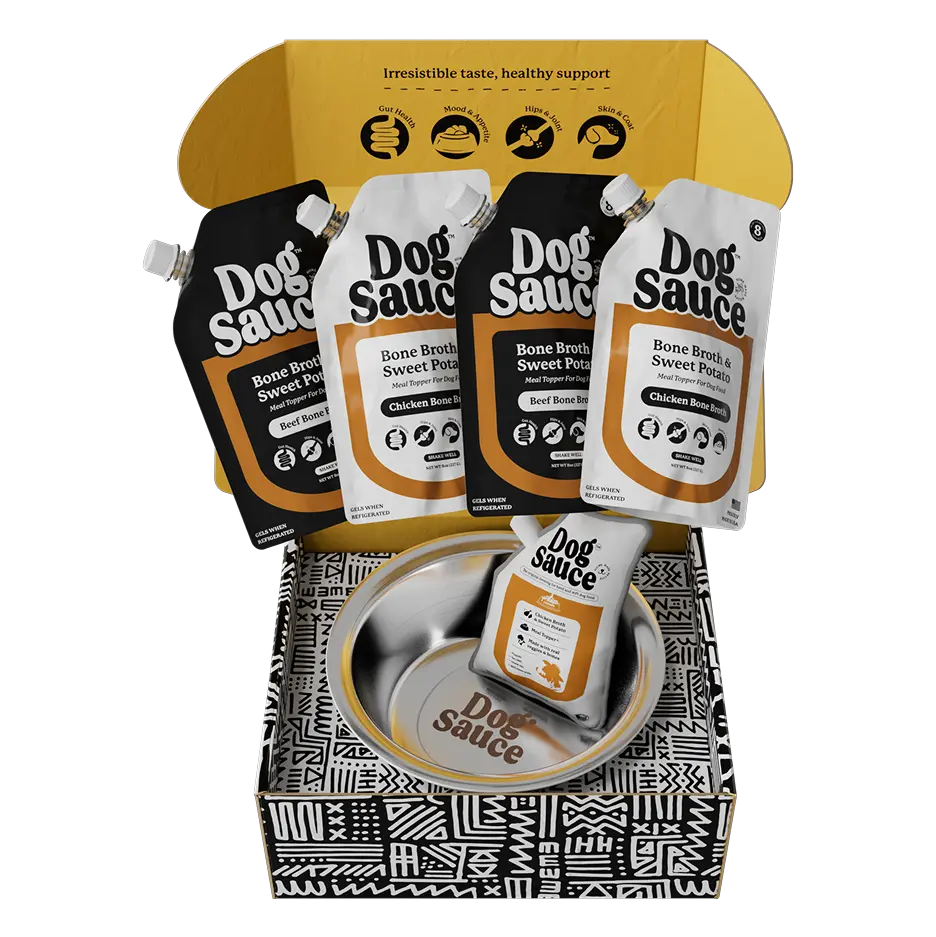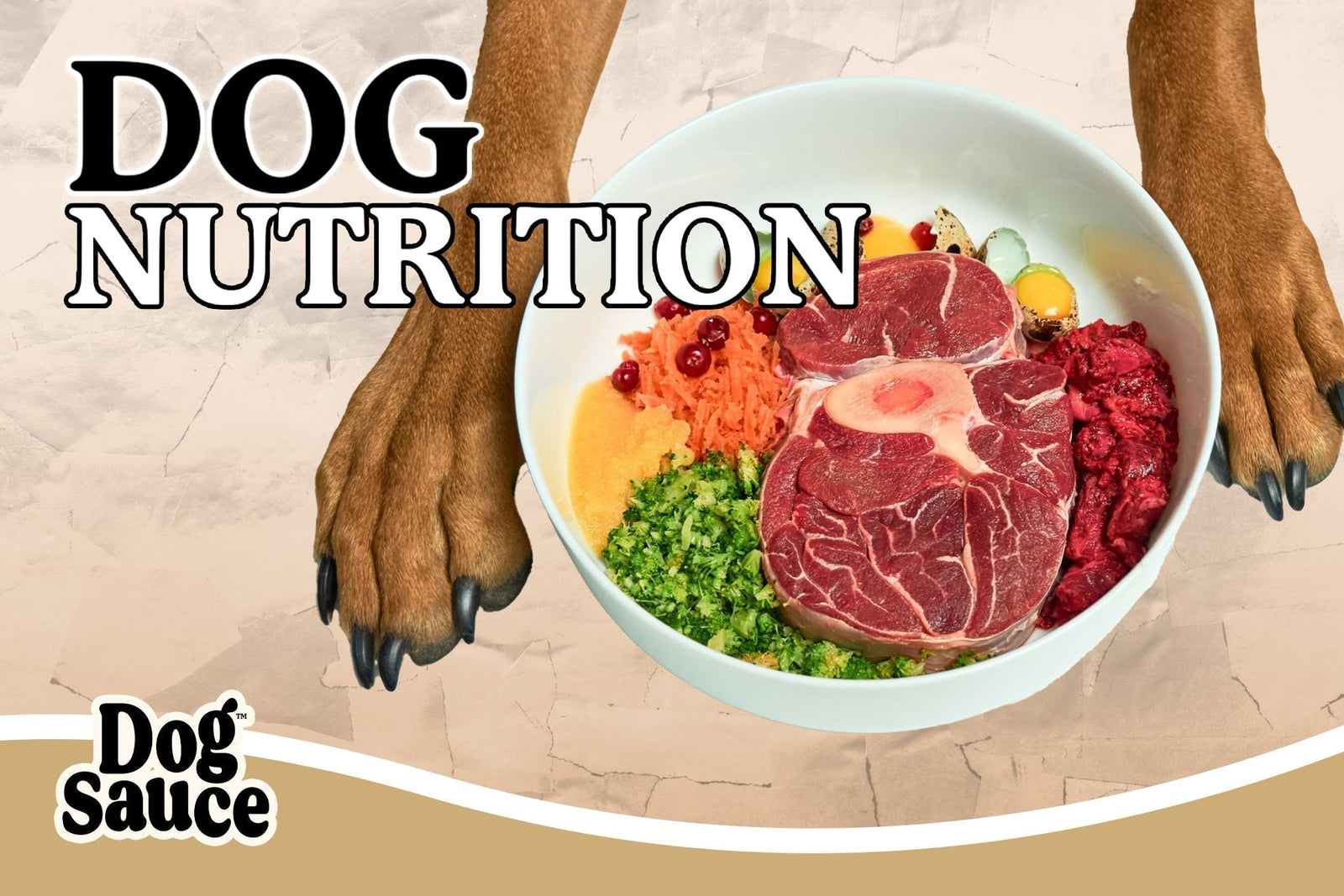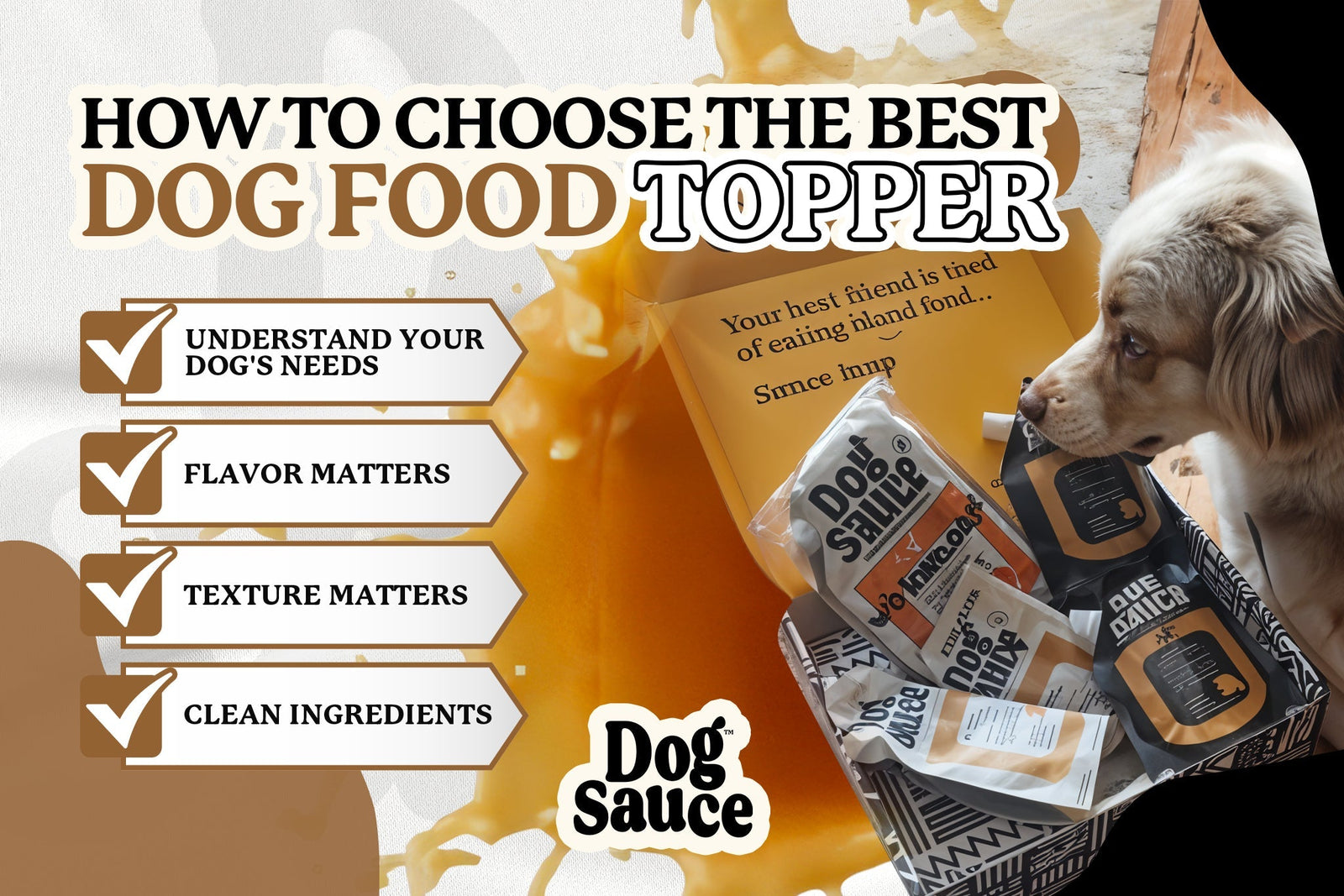🐶 Free shipping on order over $75
🐶 Free shipping on order over $75
Shop

Dog Feeding Schedule by Age
Feeding your furry friend the right way, begins with creating a unique and balanced schedule to ensure they stay healthy and strong. Since every dog is different, the key is to understand their age-specific needs and adjust the amount of food and their mealtimes as they get older.
For all the pet parents out there reading, check out our simple and easy feeding guide to help you establish the most effective way to support your dog’s health!
Why Feeding Schedules Matter for Dogs
A consistent feeding routine is key to your dog’s health and happiness. It promotes good habits, aids digestion, and keeps their energy balanced. Dogs are creatures of habit and a regular schedule prevents overeating and begging, giving you more time to enjoy with your pup!
Feeding schedules also improve digestion, behavior, and overall health. They help your dog’s body process nutrients better and give them something to look forward to besides playtime. Dogs thrive on routine, and a set mealtime supports their weight, energy, and well-being.
Puppy Feeding Schedule

Newborn to 3 Months:
Puppies need to be fed mother’s milk or high quality puppy milk if the mother is unavailable. The recommended feeding schedule is 2-3 hours per day. Feedings should be frequent and small to start off with, to ensure that they are receiving all the nutrients they need and support their rapid growth. By the time your puppy reaches 6-8 weeks old, they can be fed every 6 hours per day.
3-6 Months:
When puppies begin solid food such as kibble, transition to fewer meals per day as their growth slows down. Feedings should start at 3-4 times a day and then gradually be reduced to 2-3 times a a day by the time they reach six months old. It is crucial for the puppy food that you feed your furball be of high-quality and include the right amount of carbohydrates, protein, and fat.
5 Tips For Choosing Nutrient-Rich, Puppy food
-
AAFCO-approved for safety and nutrition
-
High in protein: chicken, beef, or fish
-
Healthy fats: omega-3 and omega-6 for a shiny coat
-
Whole grains and veggies: sweet potatoes, brown rice, and fiber
-
No fillers, artificial colors, or preservatives
Adolescent Dog Feeding Schedule
As your dog ages, you will need to adjust meal times and portions as their energy needs change. The suggested feeding frequency for young dogs (6-12 Months) is twice a day— once in the morning and once in the evening. It is important to avoid overfeeding by monitoring their weight gain and growth.
This can be done by weighing your dog regularly, checking their body condition score consistently, feeling their ribs, daily exercise, and adjusting food portions to match their activity level.
Adult Dogs Feeding Schedule
Determining the right portion size depends on your dog’s breed, size, and activity level. The AKC breed size chart is a great guide to estimate feeding amounts for toy breeds, small breeds, large breeds, and giant breeds. Most adult dogs thrive on 2 meals a day. Keep an eye on your dog’s weight and body condition score to adjust portions as needed—active dogs will need more food, while less active pups require less.
Seasonal Feeding chart tips:
-
Summer: Hydration is key! Add ice cubes to their water or try wet food for dogs who don’t drink enough. Smaller, frequent meals can help regulate their body temperature.
-
Winter: With reduced activity, portion sizes should be smaller. Your vet may recommend higher-fat food to keep your dog warm.
Gradually transition food over a week during seasonal changes to prevent tummy troubles. Keep your pup happy, healthy, and well-fed year-round!
Senior Dogs: Supporting Their Health in the Golden Years

Aging dogs typically need more protein to keep their weight and muscle mass in good standing to prevent them from losing their ability to walk. They also need antioxidants to help with the ailments that come along with aging and vitamin C for inflammation and cognitive aging.
For senior dogs, their feeding schedules look a lot different. They tend to prefer smaller portions and eat more frequently throughout the day. They also do not need that many calories as their energy levels decrease, so you can consider reducing their intake by 20-30%. Joint health can be maintained by switching to senior dog food that specifically caters to their nutritional needs. It is essential for senior dogs to have much more protein in their diet along with fiber rich foods to help with digestion and constipation. Meals should be served at room temperature and be placed in a calm and quiet environment. Keep in mind that arthritis is not uncommon at this age, so elevating their food bowl makes it easier for them to eat.
Dog Sauce Meal Topper for Every Life Stage

Dog Sauce is dedicated to making mealtime better for dogs at every stage of life. Our nutritious and flavorful meal toppers bring balance, taste, and excitement to your dog’s bowl. More than just a treat, they support immunity, aid digestion, and promote overall health for puppies, adults, and seniors alike.
Each Dog Sauce meal topper is crafted with:
-
Real meat: High-quality chicken or beef for protein-packed goodness
-
Veggies: Sweet potatoes and carrots for natural nutrients
-
Superfoods: Flaxseed and pumpkin for antioxidants and healthy fats
This powerhouse blend ensures your pup stays healthy, happy, and thriving as they grow!
Common Feeding Mistakes to Avoid
Recognizing the signs of overfeeding and underfeeding is key to maintaining your dog’s health. An overfed dog may show signs of lethargy, digestive issues, excessive gas, shedding, and obesity. On the other hand, an underfed dog can appear underweight, have an exaggerated waist, a dull coat, dry skin, and visible ribs. Both overfed and underfed dogs may also become lethargic.
Avoid letting your dog eat harmful table scraps, fatty meats, excessive sodium, sugar, and unhealthy treats. Always check food labels before giving your dog any food, including human foods.
FAQ:
What time of day is best for feeding?
The best time depends on your dog’s breed, lifestyle, and routine. Generally, feed adult dogs twice a day, 8-12 hours apart. Puppies and seniors may need more frequent meals throughout the day.
How can I tell if my dog is eating enough?
Look for signs like healthy weight gain, a shiny coat, good energy, and a healthy body condition to know if your dog is eating enough.
Should I adjust my dog’s feeding schedule during hot or cold weather?
Yes, adjust your dog’s feeding schedule based on hot or cold weather to match their activity levels and energy needs.
How much food should a dog eat in a day?
-
Puppies: 5-6% of their predicted adult weight
-
Adults: 1/2 to 1 cup per 10 lbs of body weight
-
Seniors: 2% of their body weight
Should dogs eat more in the morning or evening?
You should be feeding your dog the same amount of food if you’re planning on feeding them twice a day.
Can I feed my dog once a day?
The usual recommendation of food intake and number of meals for dogs is twice a day. However some breeds do well with only one meal a day. Consult a veterinarian if you are unsure. Whatever you decide make sure that your dog’s feeding time stays the same.
What is the recommended feeding frequency for puppies compared to senior dogs?
Puppies need more frequent meals due to higher energy needs. Senior dogs should be fed 2-3 times a day, spread out if needed.
What happens if i don’t have a regular feeding schedule?
Without a regular feeding schedule, your dog can develop health problems such as obesity, digestive issues, potty issues, and behavioral problems.
Related Products

Anti Microplastic Dog Bowl
Shop NowRelated Articles
The Ultimate Guide to Dog Nutrition
August 27, 2025
How to Choose the Right Dog Food Topper for Your Pet
July 31, 2025
How to Improve Your Dog’s Appetite
July 22, 2025
Subscribe
Sign up to get the latest on sales, new releases and more …
Free Shipping
Free shipping on orders over $75
Money‐Back
Money back guarantee if your dog doesn't like it
Secure Checkout
Fast and smooth payment processing
{"statementLink":"","footerHtml":"","hideMobile":false,"hideTrigger":false,"disableBgProcess":false,"language":"en","position":"left","leadColor":"#146ff8","triggerColor":"#146ff8","triggerRadius":"50%","triggerPositionX":"right","triggerPositionY":"bottom","triggerIcon":"people","triggerSize":"medium","triggerOffsetX":20,"triggerOffsetY":20,"mobile":{"triggerSize":"small","triggerPositionX":"right","triggerPositionY":"bottom","triggerOffsetX":10,"triggerOffsetY":10,"triggerRadius":"50%"}}





